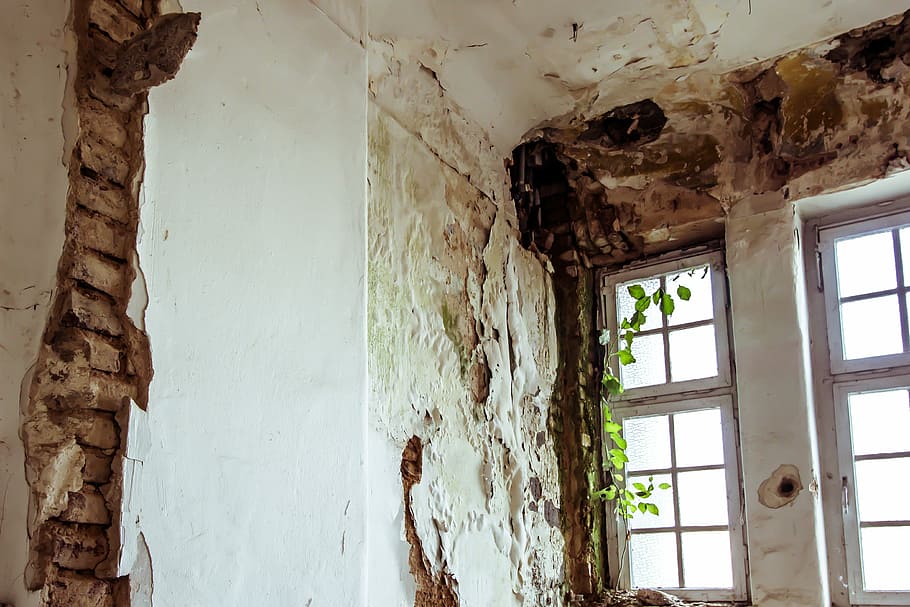
03 Aug 4 Critical Ways To Deal With Mold
Mold is a serious problem that can have severe effects on your health and safety. Unfortunately, because mold growth is such a usual occurrence indoors, a handful of homeowners mistakenly believe that it is completely typical and even harmless. You have to understand that mold is one of the most persistent and destructive issues that can affect a home. Here’s some expert advice for dealing with mold: detecting, removing and preventing it.
Identify Sources of Excess Moisture to Find the Root of Mold Problems
Known moisture issues include some of the following:
- leaky pipes
- poorly sealed windows and doors;
- foundation cracks;
- roof damage;
- poor ventilation; and
- condensation.
Pay specific attention to your basement, attic, bathroom, crawlspace and cold storage room, as these places are all more likely to experience moisture problems. Furthermore, make sure that your walls, hardwood floors, carpets and furniture remain dry. This is essential because mold feeds off organic matter, which is usually found in drywall, wood, paper and fabrics.
Attempt To Search For Visible Signs of Mold
The most common ones include:
- Damp, musty or earthy odors;
- bubbling paint or wallpaper;
- condensation on walls;
- deformed floors;
- water stains and discoloration of walls; and
- black stains on walls.
If You Believe You Have A Mold Problem, Get A Mold Test
Despite the fact that you can purchase a DIY mold testing kit, professional testing is far more reliable and safe. If it’s an experienced mold remediation specialist, you have someone with years of experience and knowledge assessing the current problem.
Though a visual mold inspection is useful in developing a mold remediation strategy, a mold test is the only way to confirm the presence of mold. It also provides you other crucial information, such as the species of mold you are dealing with and the concentration of mold spores in the air.
Because there are thousands of different species of mold — some more dangerous than others — a mold test will inform you if you’re being exposed to toxic species such as Aspergillus, Alternaria and Stachybotrys (also known as black mold).
Pay Close Attention to Any Changes In Your Health
Unusual or persistent symptoms that have no apparent cause can actually be a result of mold exposure. Here are some of the most common reactions to mold:
- Eye, nose and throat irritation
- Difficulty breathing and shortness of breath
- Coughing and wheezing
- Headaches
- Dizziness and nausea
- Fatigue
- Worsening of allergies and asthma
You have to also understand that not everyone will be equally affected by mould — some individuals may experience intense and debilitating symptoms while others may have no reaction at all. The way you react to mold mainly depends on your individual sensitivity, the sort of mold you’re exposed to and the amount of time with the vulnerability.
